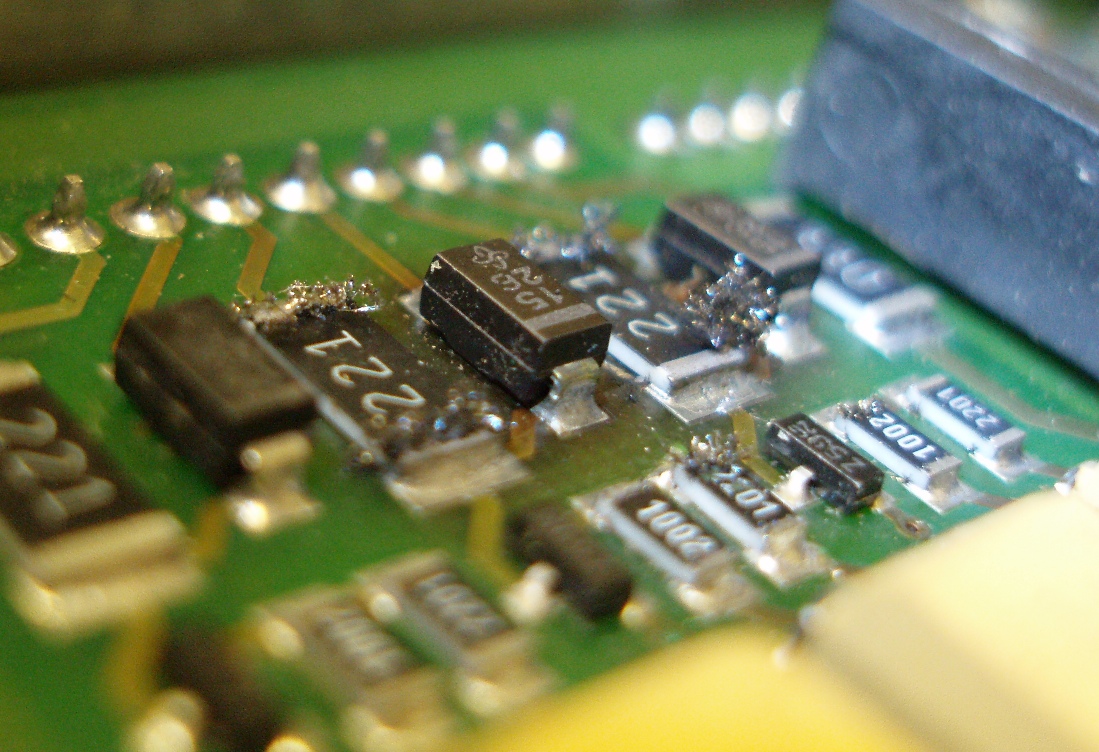Overview: At some point, I'm going to start a long solar panel containing up to three individual strings of 36 cells. Over the past five years, I have gathered both 4x4" and 5x5" poly cells at some rather good prices. I'll be using a shower door that has a wide aluminum frame for easy mounting of the tempered glass face, metal wall stud material for framing, and cement board (Hardy Board) sheeting sealed with epoxy paint and PV sealants for the sides and back panel. It might be a bit bulky and on the heavy side, but on a ground based mount, two people can easily attach it.
I found a new and factory sealed tube of silver solder rods at the local monthly flea market for $15. The same type of solder a local successful HVAC company uses when installing their Trane brand products. Does silver solder require too hot a temp to be used when tabbing together rows of 18 solar cells? Is 60/40 solder good enough?
I have a good soldering iron that has a stable temp design, I use for making copper foil stain glass windows. Will it be good enough?
What type of flux works best on solar cells? Do you rinse them with a neturalizer and let them thoughly air dry before you enclose them?
Thanks, Bill
I found a new and factory sealed tube of silver solder rods at the local monthly flea market for $15. The same type of solder a local successful HVAC company uses when installing their Trane brand products. Does silver solder require too hot a temp to be used when tabbing together rows of 18 solar cells? Is 60/40 solder good enough?
I have a good soldering iron that has a stable temp design, I use for making copper foil stain glass windows. Will it be good enough?
What type of flux works best on solar cells? Do you rinse them with a neturalizer and let them thoughly air dry before you enclose them?
Thanks, Bill


Comment